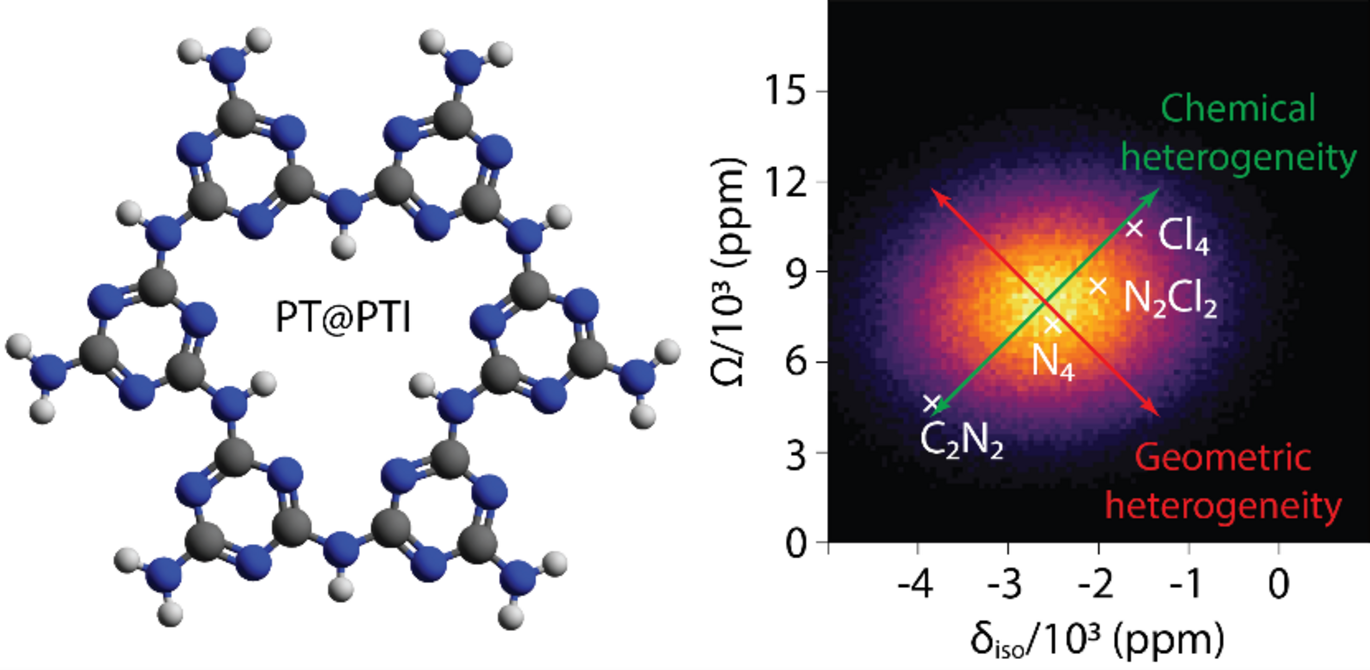New Method Reveals Atomic-Level Insights into Single-Atom Catalysts
A collaboration between researchers at Aarhus University, ETH Zürich, and CRMN Lyon has resulted in breakthrough in the study of single-atom catalysts—a promising class of materials at the forefront of catalytic science.

Single-atom catalysts (SACs), particularly those based on platinum (Pt), are of great interest due to their potential to drive highly efficient and selective chemical transformations. However, a major barrier has been the difficulty in obtaining detailed structural and chemical information about these catalysts at the atomic level—information that is crucial for optimizing their performance.
Now, using low-temperature solid-state nuclear magnetic resonance (NMR) spectroscopy combined with a novel data analysis approach, the team has achieved a powerful new way to probe the local environment of single atoms on catalyst surfaces. This enables researchers to accurately determine both the chemical state and geometric structure of SACs, a capability that has previously been out of reach.
The findings, published in Nature, represent a major step forward in the characterization of single-atom catalysts (SACs), showcasing how the integration of advanced spectroscopic techniques with innovative data analysis tools can reveal unprecedented structural detail. This breakthrough not only deepens our fundamental understanding of SACs but also opens new avenues for the rational design and optimization of catalysts in sustainable chemistry, energy conversion, and industrial synthesis.
About the study
Study type:
Experimental chemistry
External funding:
This publication was created as part of NCCR Catalysis (180544 and 225147), a National Centre of Competence in Research funded by the Swiss National Science Foundation. J.K. is funded by the European Union’s Horizon Europe research and innovation programme under the Marie Skłodowska-Curie grant no. 101111472 ’ParaMAS’. A.V.Y. and C.C. gratefully acknowledge the ETH+ Project SynMatLab for funding. A.V.Y. also thanks the ETH Career Seed Grant for financial support. A.J.P., G.P. and A.L. acknowledge funding from the Agence Nationale de la Recherche (ANR-21-CE29-0010-01 ’MatPNMR’ and ANR-22-CE93-0006-01 ’Pt-NMR’). This work is part of a project that has received funding from the European Union’s Horizon 2020 research and innovation programme under grant no. 101008500 (’PANACEA’). D.G. and C.C. gratefully acknowledge the Swiss National Foundation for financial support (SNF grant no. 200021L_213070). S. Büchele is acknowledged for providing the Pt-PTI sample.
Open access funding provided by Swiss Federal Institute of Technology Zurich.
Conflicts of interest:
The authors declare no competing interests.
Link to the scientific article:
https://doi.org/10.1038/s41586-025-09068-x
Jonas Koppe, Alexander V. Yakimov, Domenico Gioffré, Marc-Eduard Usteri, Thomas Vosegaard, Guido Pintacuda, Anne Lesage, Andrew J. Pell, Sharon Mitchell, Javier Pérez-Ramírez, and Christophe Copéret
Contact information:
Professor Thomas Vosegaard
Aarhus University
Interdisciplinary Nanoscience Center (iNANO) and Department of Chemistry
Email: tv@chem.au.dk
